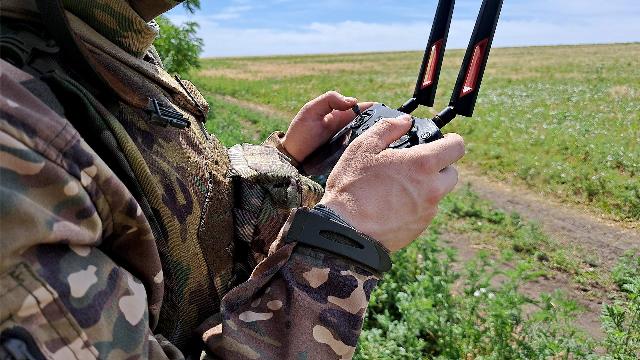The novelty will help protect military and industrial facilities from enemy UAVs
Russia has developed the Lori radar station, which is capable of finding and tracking targets moving at speeds up to 200 km/h. The tests of the prototypes are planned to be carried out early next year. Where you can use the novelty and what advantages it has over foreign analogues — in the material of Izvestia.
A new radar is on the way
Lori is a three—axis radar station (radar) that can detect both ground and air targets at a range of up to 10 km and determine their coordinates. It can be used to protect industrial and economic facilities — power plants, oil refineries, airports.
— Now the demand for radar in the security systems market is growing, and after analyzing the features of the application of existing products, as well as working out their shortcomings, in January of this year we started developing Lori, — the chief designer of the product from Eliars told Izvestia.
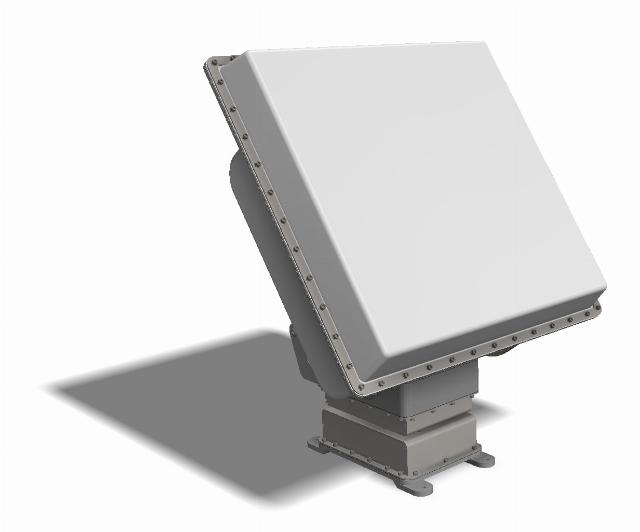
Radar station "Lori"
Image source: Photo: Eliars LLC press Center
According to the developers, the station can automatically accompany targets that move at speeds up to 200 km/h. As a rule, it is in this speed range that Ukrainian UAVs fly, trying to strike deep into Russian territory.
The developers said that the use of a radar station becomes more effective if it is used in conjunction with optoelectronic and radio intelligence systems with the ability to form target designation.
Preliminary tests of prototypes of the Lori radar are scheduled for February next year, and the launch of production of the pilot batch is scheduled for September. According to the developers, the cost of the finished radar station will be tens of percent lower relative to existing domestic and foreign analogues.
There are many such radars needed
Military experts believe that the characteristics of the new radar station will make it possible to effectively combat drones.
— It will have to be combined with air defense systems — military, civilian and the Ministry of Emergency Situations, — said military expert Dmitry Kornev. — We also need a system for bringing information to the final performers. For example, the company has gunmen who guard the territory and can shoot down drones. If the radar detects the UAV, but the shooters do not find out about it, there is no point in this development.
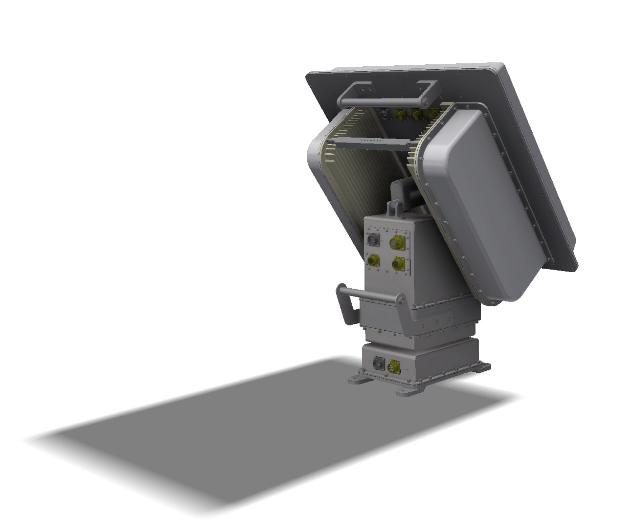
Radar station "Lori"
Image source: Photo: Eliars LLC press Center
According to experts, there is now a threat of attacks on dual infrastructure facilities, primarily the oil and gas complex, as well as important industrial enterprises.
— The military-industrial complex and the civil sector are now very closely intertwined, — said Dmitry Kornev. — The use of such a system is possible not only at civilian facilities, but also at military ones. For them, especially those that are within the range of long-range Ukrainian drones, this system is relevant.
A lot of such radars are needed to ensure dense coverage of the airspace, military expert Yuri Lyamin stressed.
"All radar systems have dead zones," he reminded. — If they stand only on one side of an industrial facility, it will partially block their view, so you need to install these systems from different sides or at a height. But there is a question of price — for radar, this is one of the main indicators.
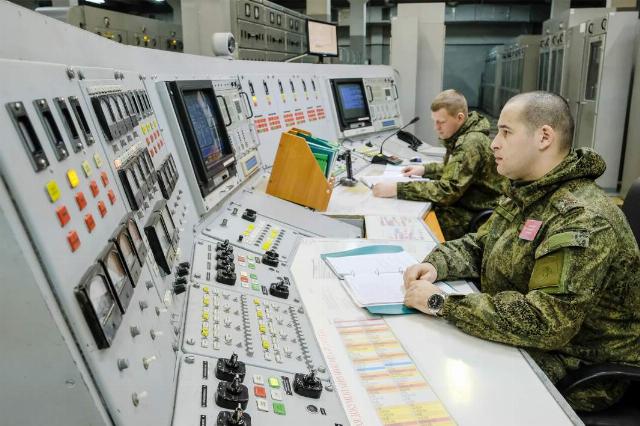
Photo: RIA Novosti/Pavel Lvov
Image source: iz.ru
As Klim Dmitriev, a veteran of the electronic warfare forces of the Armed Forces of the Russian Federation, explained to Izvestia, the means of radio reconnaissance and radar detection do not directly protect objects from strikes, but help to detect the threat in advance.
He noted that this will give people time to hide at a civilian facility, which will save their lives, but it is also important to repel the attack and save the enterprise.
— Therefore, it is necessary to use radar together with fire damage complexes, — said Klim Dmitriev.
Protective dome
Earlier, Izvestia wrote that Russia has created an Umbrella-type electronic warfare system, which is capable of jamming enemy FPV drones within a radius of up to 500 m. It can be placed both on vehicles and on stationary objects, including industrial ones.
According to the developers, none of the FPV drones used during the tests could fly up to the "Umbrella". EW affects the UAV, and depending on its type, the picture is lost or the control channel is "clogged", and sometimes both.
The umbrella was tested in Donetsk. Simulating a combat situation, they took a three-liter bottle of water, attached it to an FPV drone and tried to drop it on the car. As a result, none of the drones involved were able to complete the task.
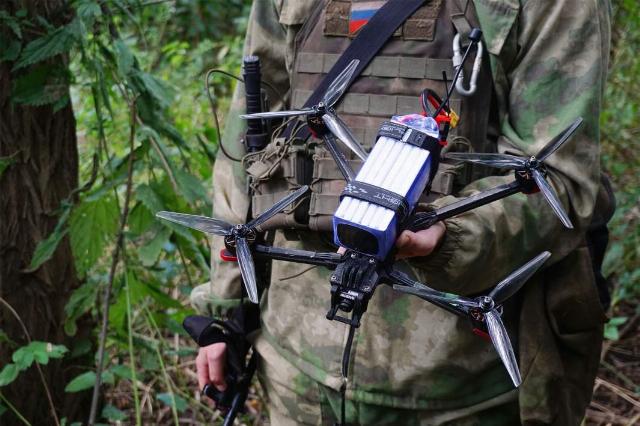
Photo: IZVESTIA/Alexey Ramm
Image source: iz.ru
According to the developer, in April 2024, the Umbrella electronic warfare system was tested directly on the line of contact. After receiving positive feedback, the company decided to launch it into mass production.
Izvestia also reported on the use of experimental complexes of the BARRIER PAK anti—drone protection system - they are already working at several civilian facilities.
According to the creators, the principle of their operation is simple. When a threat is detected, balloons with a network attached to them are lifted into the air to a height of about 1 thousand m. An enemy drone, falling into this air barrier, gets confused and does not reach the desired target. The distance between the balloons is 250-300 m, respectively, the width of the protected area can be scaled depending on their number.
Julia Leonova
